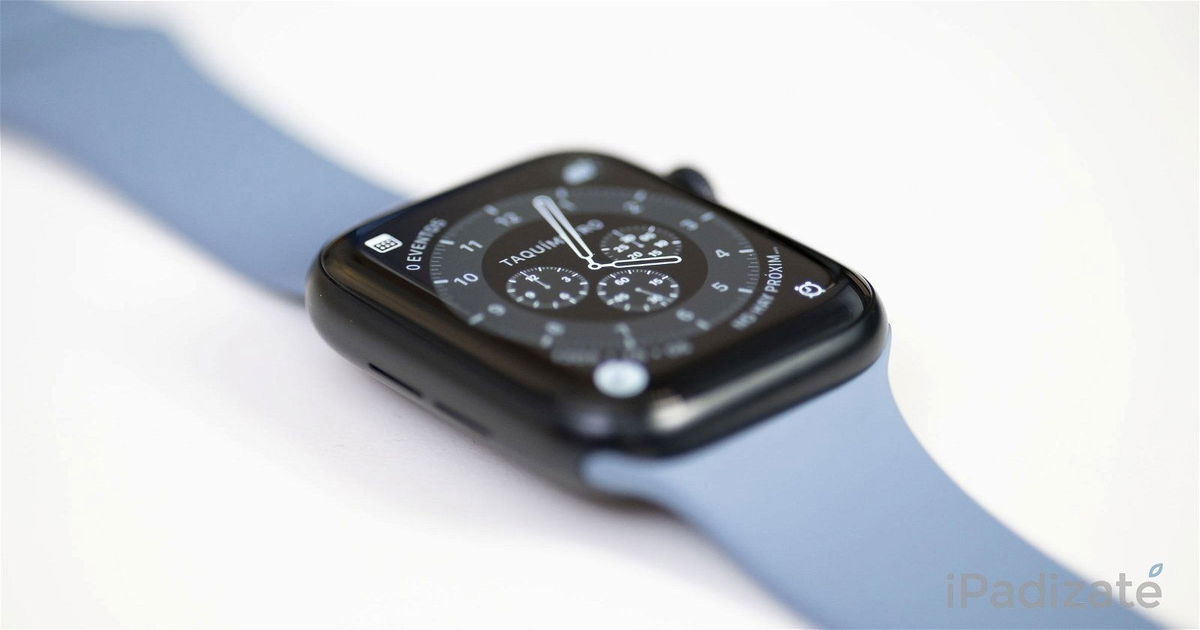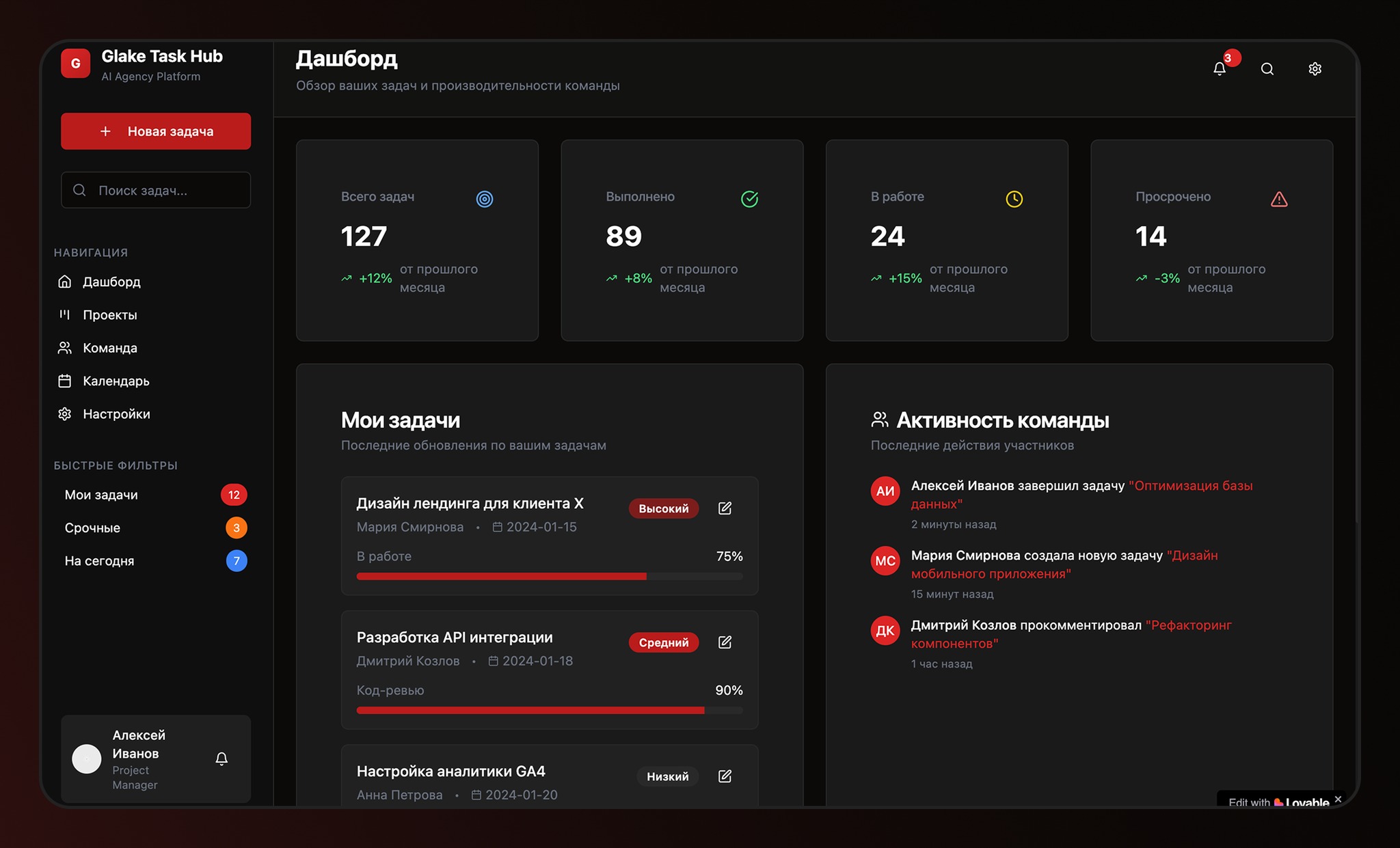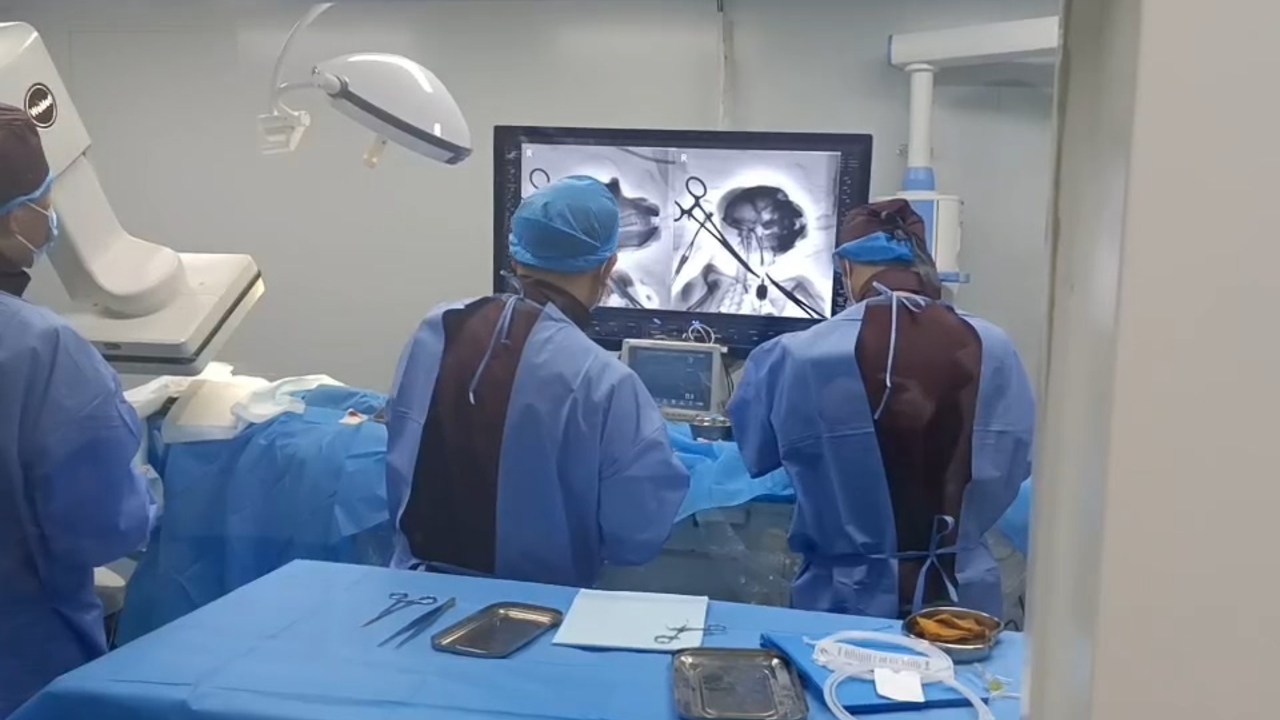In this landmark experiment, the first of its kind, sensors were inserted through the brain’s blood vessels into the monkey’s motor cortex in a minimally invasive surgery. Shortly after, the monkey was able to actively control the robotic arm by collecting electroencephalogram (EEG) signals.
Unlike the invasive methods used by the American company Neuralink, the technology of Chinese scientists does not require a craniotomy, which makes it safer and less traumatic. In endovascular surgery, access to the organ is through blood vessels. The study’s lead author noted that the results of the experiment marked a significant advance in the application of interventional BCI from laboratory conditions to clinical use.
Neurosurgeon Ma Yongjie said that while this is an important breakthrough, there is still a lot of research ahead of the applied technology.
News cannot be equated with a doctor’s prescription. Consult an expert before making a decision.
Source: Ferra
I am a professional journalist and content creator with extensive experience writing for news websites. I currently work as an author at Gadget Onus, where I specialize in covering hot news topics. My written pieces have been published on some of the biggest media outlets around the world, including The Guardian and BBC News.











